The Background
I write this short article not
without a great sense of grief for my fellow Malaysian Tamils especially those
who come from the estate backgrounds like me. We see that Malaysia has made
tremendous progress since my days as an estate boy in the 1950’s. While the Malayan Tamils lived and worked
hard a little above slavery under the British they were a satisfied lot. They knew very little about the world and the
country. They did follow some
developments in India but knew very little about the Malays or Chinese. Except for an occasional quarrel or fight
among themselves the majority were quite contented with their monthly Tamil
movies, Tamil schools, toddy shops, temples, little vegetable gardens and lived
happily in their own “little Indian villages”. In short they lived in
“cocoons”.
Now all this has changed slowly
but surely beginning with the economic growth of the country that became very
evident around the 70’s onwards. As
such, this community is very much urbanized today. Almost all the large rubber plantations have
morphed into oil palm estates and manned mostly by cheap foreign workers. Most of the rubber estates that were close to
the major towns like Kuala Lumpur, Kajang, Sermban, Melaka and so on have
developed into housing estates, industrial parks or even extended
townships. This single factor has forced
the estate Tamils to seek a living in the towns. The urban drift of the Tamils had begun. The town Tamils who also worked at menial
jobs were attached to the JKR, LLN, Malayan Railways and the port authorities
(in places like Port Klang and Penang).
This urban Tamils had understood the Malayan ethnic diversity and had
adapted well. The same cannot be said of
those who “migrated” from the estates.
Both these urban and rural menial
laborer groups of course shared certain commonalities like the Tamil language and
schools, Hinduism, general poverty, toddy shops (closed down later), Tamil
movies and so on. While the urban lot
had adapted to town life the rural group had not. Their mentalities too were different
somewhat. The urban lot lived in
quarters provided by their respective employers - the government, JKR, LLN and
the port workers. Those from the rural
drift lived in illegal squatter properties or were allowed to live in their
estates that were yet to be developed.
When surely and eventually development
did reach these yet-to-be developed places the squatters, temples,
houses, schools and so had to be removed to make way for a big development that
began in the 1980’s. To their credit,
some of the developers did provide some sort of compensation to take over their
properties 100%.
The Current Realty
Today, many from this rural group
are yet to fully integrate themselves with the mainstream Malaysian community.
They still have their Tamil schools, temples and TV entertainment and other
ways to satisfy the loss of toddy shops.
The Malaysian Indian Congress (MIC) is the party in the government that
is/was supposed to take care of this community.
But most of the finances appropriated by the Malaysian government and
channeled through MIC for the development of the Indian community at large were
“misappropriated” and seldom reached the grass root Indians. The MAIKA Holdings venture which took even
life savings from the Tamils to become members went kaput due to mismanagement
and other factors I do not wish to mention here….anyway everyone knows it. Of course there were also some from this
community who have uplifted themselves economically through education, business
and professions. A few even enjoyed
governmental scholarships and loans.
The Dilemma
The larger majority of these
Tamils descended for both urban and rural Tamil communities found themselves
handicapped to even seek employment. Grounded
almost totally in Tamil background, many could not seek meaningful or higher
paying jobs. The government’s
affirmative policy for the Malays also worked against this group. Other job opportunities in the private
sectors required language proficiency in English or Malay languages both of
which were non-existent most of the time.
Thus it became a “pandai-pandai lah cari makan sendiri” affair with
little help from MIC or the richer Indians in Malaysia. This was quite unlike the Chinese community which
thrived and survived well with their own community support through their many
guild and associations. The Indians had
no such guild or associations. So how?
About this time around the late
70’s and 80’s Tamil movies glorified stories of fights against injustice in a
society. This theme was well portrayed
by M.G. Ramachandran (MGR) in all his movies even as far back as the 1950’s.
MGR is labeled as “puratchee thalaivar” or loosely translated as reformist
struggle leader”. Stuck in an urban
situation with little avenues for earning a proper living many Tamil youngsters became “pukau” with the
Tamil movies and heroes like MGR and Rajinikanth fighting for social
justice. Films like “Bashaa” come to
mind. Such films are still being
produced in India like “Pollathaven” starring Danush…the new screen idol who is
so very thin but can take on an army like Rambo. The only difference is that in India the film
goers know its all about fantasy. Over
here, our folks take it on as a reality.
In the light of the aforesaid, the
otherwise peaceful Tamils now started “producing” the likes of Bentong
Kali. Secret societies, protection
rackets, illegal gambling, prostitution and drugs were at one time exclusively
controlled by the Chinese triads. After
the May13th incident the Chinese learnt well not to be or behave like street
gangsters and moved up their “ladder” in the criminal world, sometimes even
with open connivance with the authorities .
Strangely I hear that some crime world chiefs are even datuks.
The street fighter jobs thus had
many vacancies. This vacancy began to be
filled by Tamil youths who saw this as a way to instant fame and more
importantly riches. The police lock-ups
suddenly were filled with Tamils. Many
died in custody. The Malaysian police (
the special branch and UTK) were fully authorized to handle the situation. Shoot to kill was often a common operational
thing. Thus many Indians died this way at the hands of the police. Seldom did they want to be arrested and be
whacked by the police, charged and condemned to the gallows. It was better to die fighting. This still goes on.
Conclusion
The Indian community in Malaysia
is far more complex than presented in this short article. The clearer black and white distribution and
distinction of Indians in Malaysia has always been separated by education. Those who came over to Malaya with already a reasonably
good education in English did well under the British administration and even
later on till today. This group is not
the Indian group this article is about.
Meanwhile, the groups described in this article are still living as a
marginalized community in Malaysia with almost no meaningful thought and
strategies planned for them.





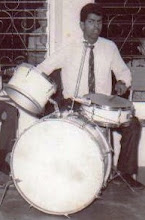

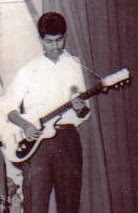


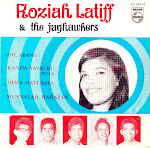





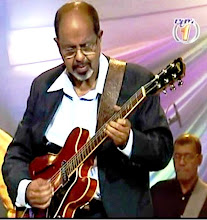


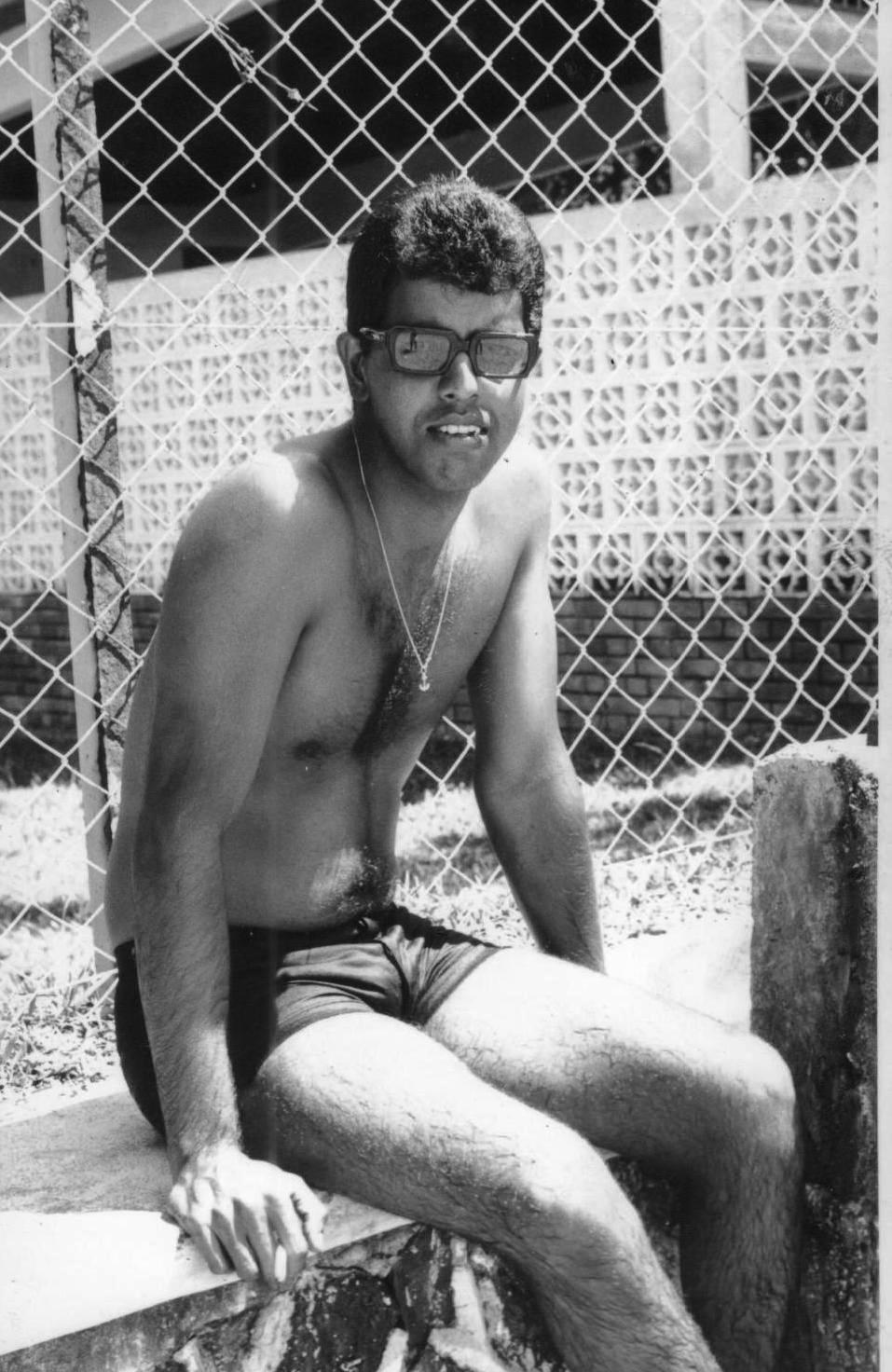



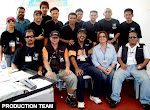
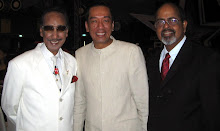

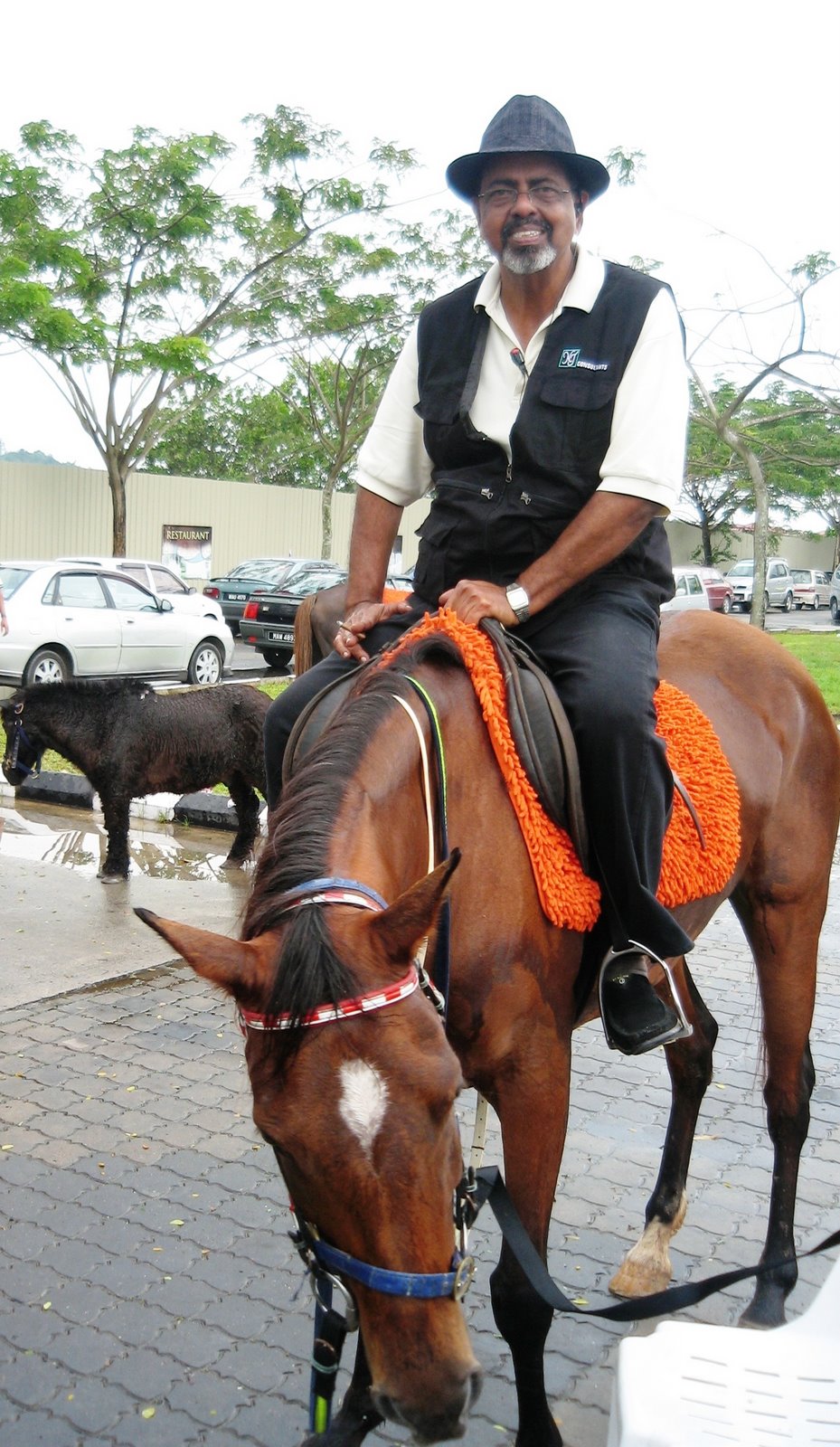







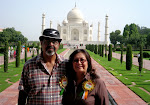



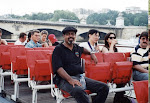

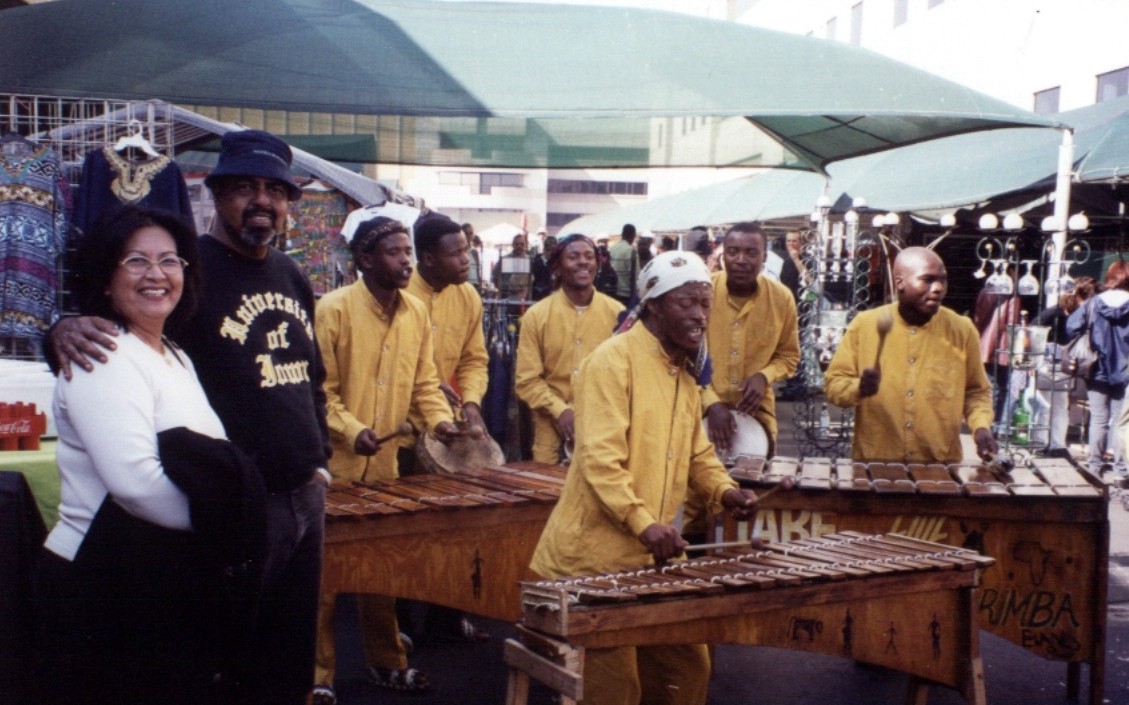

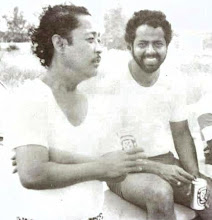
No comments:
Post a Comment